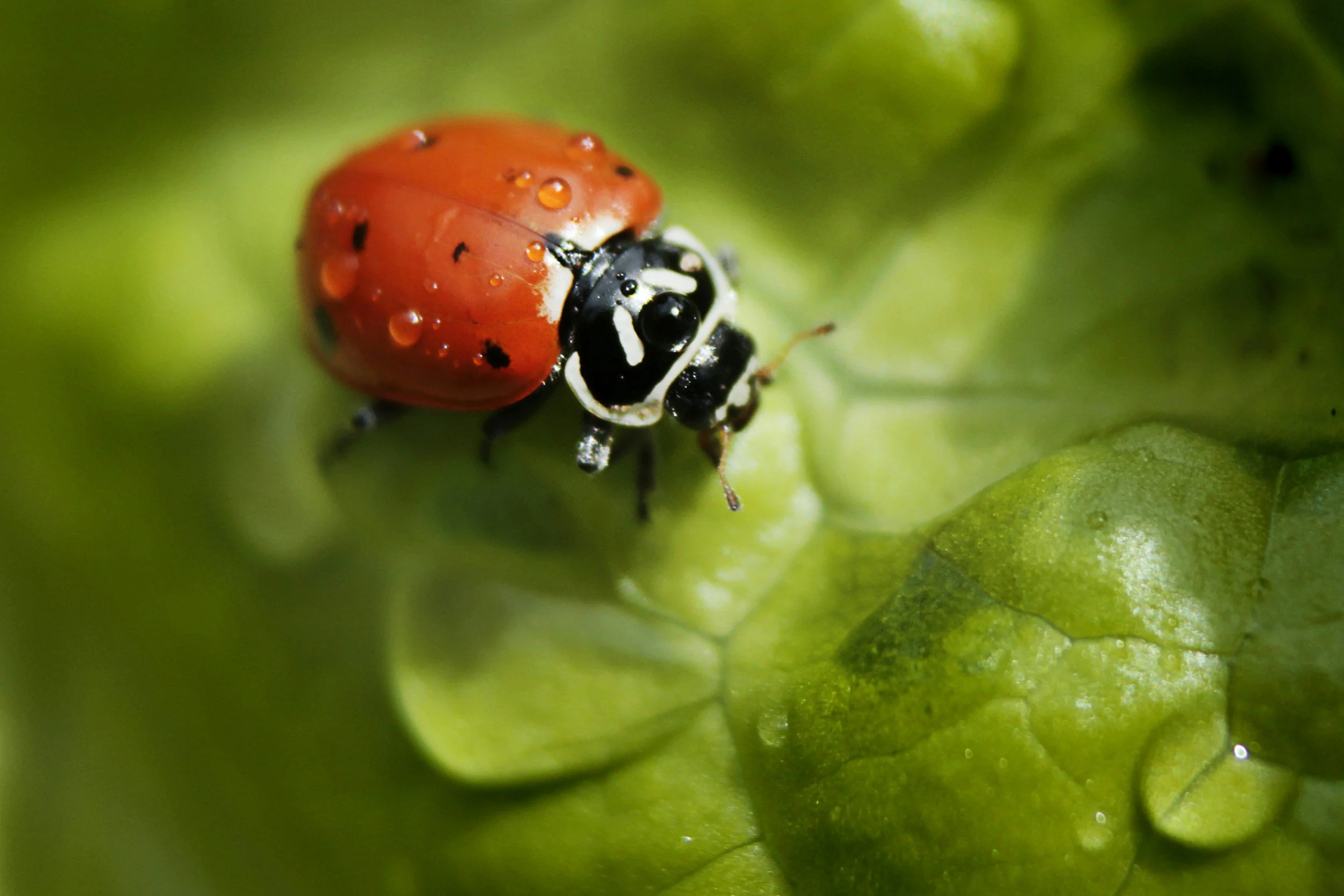Ditch Poisons
From rodenticides to insect sprays and herbicides, chemical control products are used widely in homes, gardens, farms, and cities. While they’re meant to target certain species, many of these substances have devastating effects on ecosystems. Owls, hawks, foxes, songbirds, and even pets can be poisoned when they eat contaminated animals or come into contact with toxic environments.
The good news? There are effective, wildlife-safe alternatives. With just a few changes, you can protect your home or garden and support the animals that help keep ecosystems in balance.
Common Poisons
Chemical controls fall into several categories:
Rodenticides: Poison baits designed to kill rats and mice.
Insecticides: Chemicals that target insects like ants, roaches, or mosquitoes.
Herbicides: Weed-killers used on lawns, gardens, and roadsides.
Fungicides: Treatments for mold or mildew in plants and buildings.
While these products may solve a problem quickly, they often leave a toxic legacy that reaches far beyond their intended targets.
How these chemicals Harm Wildlife
Secondary Poisoning: Predators such as hawks, owls, coyotes, bobcats, and foxes often eat poisoned rodents. These rodenticides don’t kill immediately—poisoned animals wander dazed for days, making them easy prey. When predators eat them, they ingest the poison too, which can lead to internal bleeding, organ failure, and death.
Bioaccumulation: Some poisons persist in the environment and accumulate in the tissues of insects, plants, and animals. As these chemicals move up the food chain, they become more concentrated, harming top predators like raptors and large mammals.
Pollinator Collapse: Insecticides like neonicotinoids are a major cause of pollinator decline. Bees, butterflies, and other pollinators exposed to these chemicals suffer from disorientation, weakened immunity, and colony collapse.
Water and Soil Contamination: Rain can carry herbicides and insecticides into streams and wetlands, where they affect frogs, fish, aquatic insects, and the animals that feed on them—disrupting entire ecosystems.
Safer Alternatives
Thankfully, there are many effective, non-toxic ways to coexist with nature.
Coexisting with Rodents
Remove Attractants: Store food in sealed containers, clean up birdseed spills, and secure garbage bins.
One-way Doors: Allow rodents to leave a structure but not return—then seal the entry point.
Exclusion: Seal up holes, cracks, and entry points. Rodents can squeeze through tiny gaps—block them with steel wool, hardware cloth, or sealant.
Encourage Natural Predators: Install owl nest boxes or other habitat features that support native predators to help control rodent populations naturally.
Use Humane Traps: Set up catch-and-release traps to remove animals without harm. Check traps frequently to prevent undue stress, dehydration, or injury.
Avoid using glue and snap traps, as they cause severe suffering and often harm unintended animals, including wildlife and pets.
Insect Management:
Invite Beneficial Insects: Attract ladybugs, lacewings, and predatory beetles by planting native flowers.
Natural Treatments: Neem oil, insecticidal soap, and diatomaceous earth are effective on many insect populations and safe for other species (including people and pets) when used correctly.
Manual Removal: In small gardens, physically removing insects can be effective without harming the wider ecosystem.
Avoid broad-spectrum insecticides like neonicotinoids and pyrethroids, which can harm pollinators and persist in the environment.
Weed Control Alternatives:
Mulching: A thick layer of mulch suppresses weeds and retains soil moisture.
Boiling Water or Vinegar: Natural methods that can kill weeds on walkways or driveways.
Plant Native Groundcovers: Fill bare soil with native plants that crowd out unwanted weeds.
Avoid herbicides like glyphosate, which are linked to cancer in humans and harm amphibians, insects, and soil microbes.
Creating a Safer Space for All Life
Nature is interconnected. Rodents, insects, and even weeds play vital roles in supporting ecosystems—pollinating plants, cycling nutrients, feeding predators, and maintaining balance. When we eliminate them indiscriminately, we disrupt the web of life.
But with mindful practices, we can live alongside nature—supporting healthy environments and reducing harm to wildlife.
How You Can Make a Difference
Read Labels: Avoid products that contain second-generation anticoagulants (e.g., brodifacoum, bromadiolone), neonicotinoids (e.g., imidacloprid), or glyphosate.
Support Local Bans: Encourage your community to restrict the use of toxic rodenticides and insecticides in public spaces.
Spread the Word: Share information with friends, neighbors, and schools about how they can reduce harm and promote a wildlife-friendly environment.
Choose Protection Over Poison
Every animal has a role in the ecosystem—even those we may not always understand. By choosing prevention, natural methods, and coexistence, we not only protect wildlife—we create a healthier, more resilient planet for everyone.
Let’s work with nature, not against it. Because when we protect them, we protect ourselves too.


